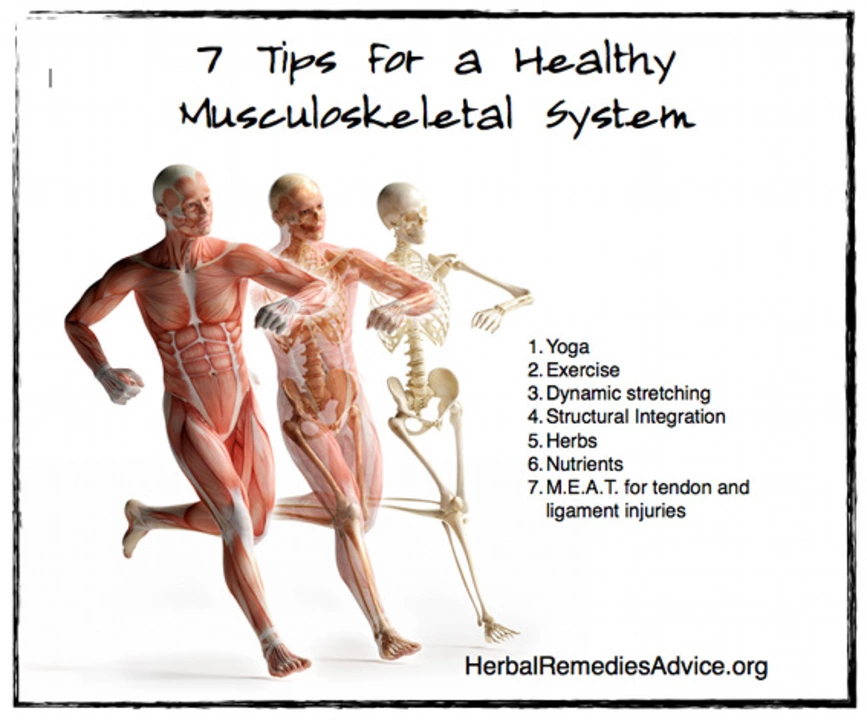Exercise: Guides, Therapy and Safe Movement
Exercise helps you feel stronger, sleep better, and handle pain more easily. On this tag page you'll find short guides that connect movement with real medical questions - from pain relief and rehab to how exercise interacts with medications. I wrote these pieces so you can pick sensible, safe steps without the hype.
Start by matching activity to your condition. If you have joint pain or ankylosing spondylitis, gentle low-impact moves like walking, water aerobics, or targeted stretching often work better than heavy lifting. If nerve pain is the issue, physical therapy exercises designed to calm irritated nerves can make a big difference. For balance or heart issues, slow progressive cardio and strength routines are safer than sudden spikes in intensity.
Think about medicine interactions. Some painkillers or blood pressure drugs change how your body responds to exercise. For example, NSAIDs might mask pain that warns you to stop, and beta blockers can make your heart rate rise less during activity. If you take blood thinners, avoid contact sports where a fall could cause bleeding. Ask your doctor or pharmacist how your prescriptions might affect a new routine.
Quick Exercise Rules for People on Meds
Keep it simple: warm up, start slow, and track how you feel. Use these rules: one, begin with five to ten minutes of gentle movement and add time gradually; two, test intensity by conversation - if you can talk while exercising, the pace is probably safe; three, stop and check in if you feel chest pain, dizziness, severe shortness of breath, or sudden weakness; four, tell your care team about new symptoms after workouts so they can adjust meds if needed.
Therapy and Rehab: Where to Start
If pain or nerve symptoms limit you, consider a short course of physical therapy. A therapist can show hands-on techniques, targeted exercises, and daily habits that reduce flare-ups. Many articles here explain practical therapy steps for specific issues, like trigeminal neuralgia, neck and back pain, or joint stiffness. Start with two weeks of guided sessions and simple home practice, then reassess progress.
Make exercise stick by picking things you enjoy. Walk with a friend, try a gentle class, or set a five-minute daily goal and add minutes over time. Use small wins to build habit rather than relying on willpower alone.
Want quick reading? Look for articles on physical therapy approaches, medication interactions, and safe movement tips on this site. They point to realistic exercises and when to talk to a pro. If you're unsure, a short call with your pharmacist or doctor can keep you moving safely while avoiding surprises with prescriptions.
A simple sample routine: five minutes warm-up (marching in place), three rounds of 10 chair squats, one minute wall push-ups, and five minutes brisk walking. Do this three times a week and increase sets or time slowly. Log how you feel after each session and share notes with your clinician to fine-tune movement safely. Start today, not tomorrow.
As a fitness enthusiast, I've learned that preventing skeletal muscle conditions is crucial for maintaining a healthy and active lifestyle. To achieve this, regular exercise is key, particularly focusing on strength training and flexibility routines that promote muscle balance and joint stability. Additionally, adopting healthy habits like proper nutrition, staying hydrated, and adequate sleep significantly contribute to overall muscle health. Don't forget to practice good posture and avoid prolonged static positions to reduce the risk of muscle strain. By making these simple lifestyle changes, we can effectively prevent skeletal muscle conditions and enjoy a pain-free, active life.
